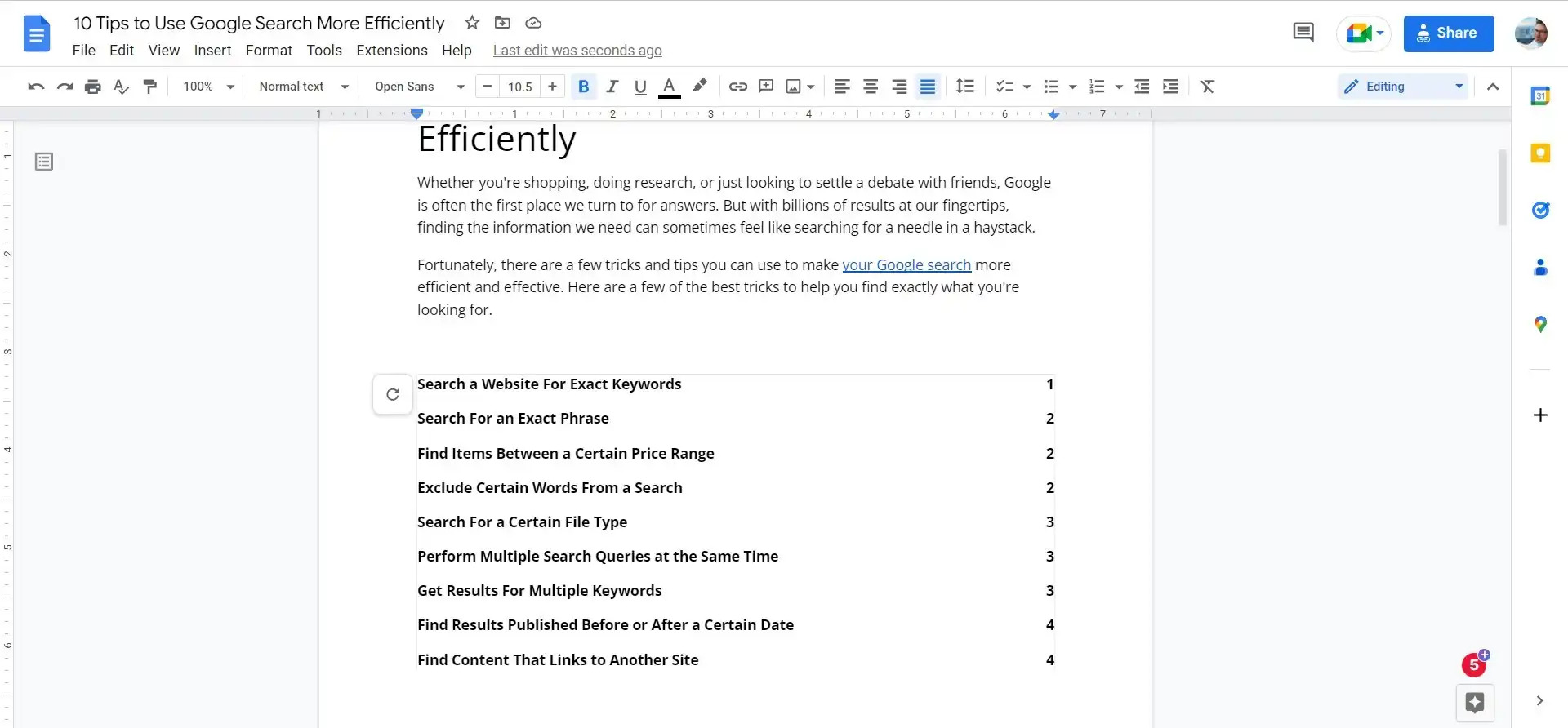Enable and Apply Heading Styles
Applying heading styles is a crucial step in creating a table of contents in Google Docs. By assigning headings to the text in your document, you enable Google Docs to recognize and organize your content properly. Here’s how you can enable and apply heading styles:
- Open your Google Docs document and navigate to the top menu.
- Select the text that you want to apply as a heading (e.g., section titles, subsections, etc.).
- Click on the “Format” tab in the top menu and then select “Paragraph styles” from the dropdown menu.
- A sidebar will appear on the right side of your screen. Here, you can see a variety of heading styles, ranging from “Title” to “Heading 6”.
- Choose the appropriate heading style that best matches the significance of the selected text. For instance, if it is a main section, use “Heading 1”. For subsections, use “Heading 2” or “Heading 3”.
- Repeat this process for all the headings in your document that you want to include in the table of contents.
By consistently applying heading styles to your document, you create a hierarchical structure that makes it easier for Google Docs to generate an accurate table of contents. Additionally, it helps your readers navigate through the document effortlessly.
Now that you have enabled and applied the appropriate heading styles, you are ready to insert a table of contents in your Google Docs document.
Troubleshooting Tips
While creating a table of contents in Google Docs is generally a straightforward process, you might encounter some issues along the way. Here are some common troubleshooting tips to help you overcome these challenges:
- Missing Headings: If you notice that certain headings are not appearing in the table of contents, it may be due to incorrect styling. Double-check that you have applied the appropriate heading styles to the text. Alternatively, try refreshing the table of contents or manually updating it.
- Inaccurate Page Numbers: Sometimes, the page numbers in the table of contents may not match the actual pages in your document. This can happen if you have added or deleted content. To fix this, right-click on the table of contents and select “Update table of contents” to refresh the page numbers.
- Formatting Errors: If the table of contents appears distorted or has incorrect indentation, it could be due to formatting issues. Ensure that your headings have consistent styles and that there are no random line breaks or spacing within the text.
- Table of Contents not Updating: If your table of contents is not automatically updating when you make changes to the document, you can manually update it. Right-click on the table of contents and choose “Update table of contents.” You can also select “Refresh” if the option is available.
- Unsupported Features: Google Docs’ table of contents has certain limitations. It may not support all formatting options, such as custom fonts or special characters. If you encounter issues, consider simplifying your document’s formatting or using standard fonts.
- Browser Compatibility: If you are experiencing difficulties with the table of contents, try using a different browser or clearing your browser cache. Sometimes, browser issues can interfere with the functionality of Google Docs.
By following these troubleshooting tips, you can overcome common issues and ensure that your table of contents is accurate, well-formatted, and up to date.

